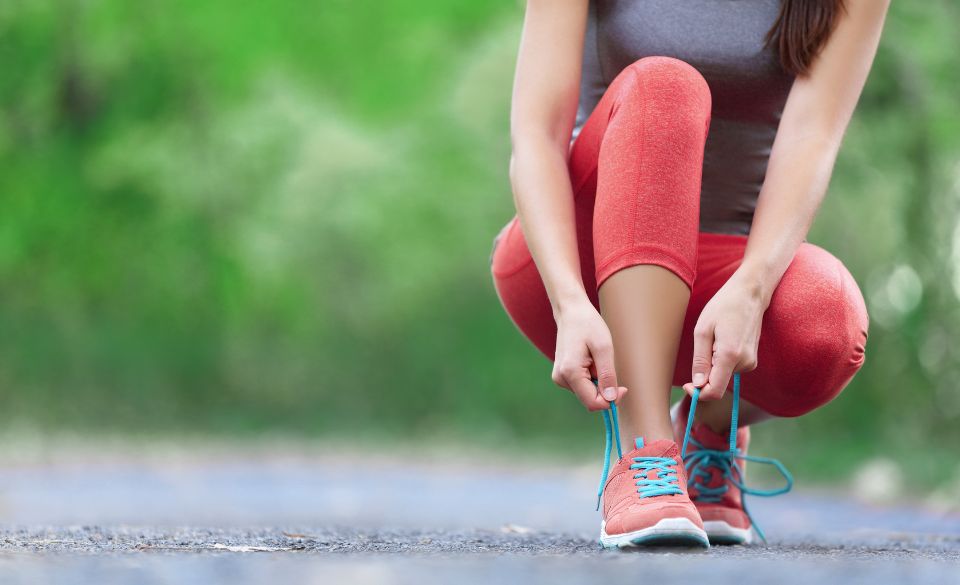
How To Transition To Zero-Drop Running Shoes
Page Contents
If you are an experienced runner looking to take the transition to zero-drop running shoes, you may be feeling overwhelmed by the whole idea. After all, the transition could potentially put extra strain and pressure on your body, depending on how well you prepare for the switch. However, if you choose the right shoes and take the necessary steps to make the transition, you could experience a more natural running motion and improved overall performance.
What Are Zero-Drop Running Shoes?
When it comes to running or walking, shoes make a big difference. Not only can they help to improve performance, they can also help to protect against injuries. Recently, zero-drop running shoes have become increasingly popular among athletes, especially runners. So what exactly are zero-drop running shoes, and why should you consider them?
Zero-drop running shoes are designed to be flat from heel to toe, with no differential in height. That is to say, the heel will not be elevated above the forefoot, as is common in other running or walking shoes. This creates a lower center of gravity, which helps to improve balance and also simulate a barefoot running style.
One of the main benefits of zero-drop running shoes is that they encourage a midfoot strike—meaning that when running, the foot lands closer to the midpoint of the foot, instead of the front of the foot (known as forefoot striking) or the heel (rear-foot striking). A mid-foot strike puts less strain on the front of the foot and the Achilles tendon at the back of the heel, which makes for a more natural running experience.
Another benefit of zero-drop running shoes is in their construction. Since the heel does not have to be elevated, it helps to make the shoe lighter and more flexible. This can help to improve performance and provide a more comfortable fit.
At the same time, it’s important to note that since zero-drop shoes are designed to simulate barefoot running, they may not be suitable for everyone. A lack of cushioning can increase your risk of injury. If you’re new to running, or you have an existing foot, ankle, or knee condition, it’s best to consult with a doctor before investing in a pair of zero-drop running shoes.
How To Measure The Drop in Running Shoes
To measure the drop in your shoes, you’ll need a ruler and a pair of shoes that fit you well. Begin by measuring the height of the edge of the heel on both shoes, starting at the back. Next, measure the height of the front of the shoe, where your toes rest. Subtract the two numbers to find the drop – if the number is positive, that means the heels have dropped and the shoe is lower in the back. A negative number indicates that the heel has risen and the shoe is higher in the back.
Importance of Gradual Transitions
When transitioning to a zero-drop running shoe, it is essential to do so gradually. This helps prepare the body and make sure that you don’t experience any major muscle discomforts or injuries. A gradual process allows your body to get used to the change and adjust to the zero-drop running shoes. For a successful transition, it is important to start running for shorter distances in the zero-drop shoes. It is also important to choose the right size shoe, as running in a too-small shoe could cause blisters, and running in a too-large shoe could make the transition even more uncomfortable.
Choosing the Right Shoes
Choosing the correct zero-drop running shoe is essential for successful transition. The shoes should fit well, provide the right level of cushioning, and be the right size. The right fit will ensure the user has a comfortable and efficient running experience. Additionally, it is important to make sure the shoes are made of high quality materials. As always, it is beneficial to try the shoes on first and take a few strides in the store before purchasing them.
Train Your Muscles
It is also important to keep in mind that transitioning to zero-drop running shoes may require more strength from certain muscle groups. For instance, your feet and calves may need to work harder to maintain balance and support. To make the transition more manageable, consider doing some light stretching and strength training exercises. This will help your muscles become more used to the transition and help you move more efficiently.
Wear the Shoes Regularly
To fully adjust to the new shoes, it is important to wear them regularly. This will help to slowly build your strength and overall comfort level in the shoes. After a few weeks of gradually increased running duration and distance in the shoes, you should find that you feel more comfortable and confident running in them.
Conclusion
Making the transition to zero-drop running shoes is certainly possible if done properly. With the right shoe selection, gradual transition and appropriate training, you should be able to build up your strength and adjust to the shoes in no time. You may experience a more natural running motion and improved overall performance with the right shoes.


